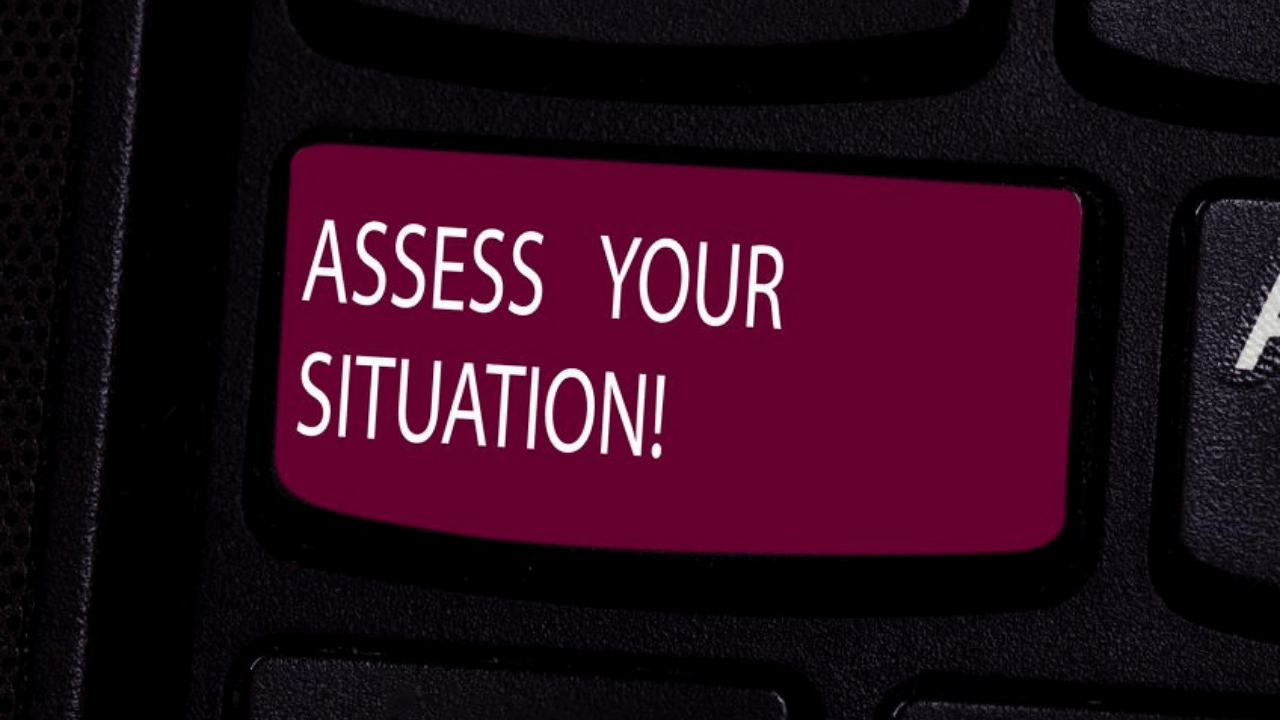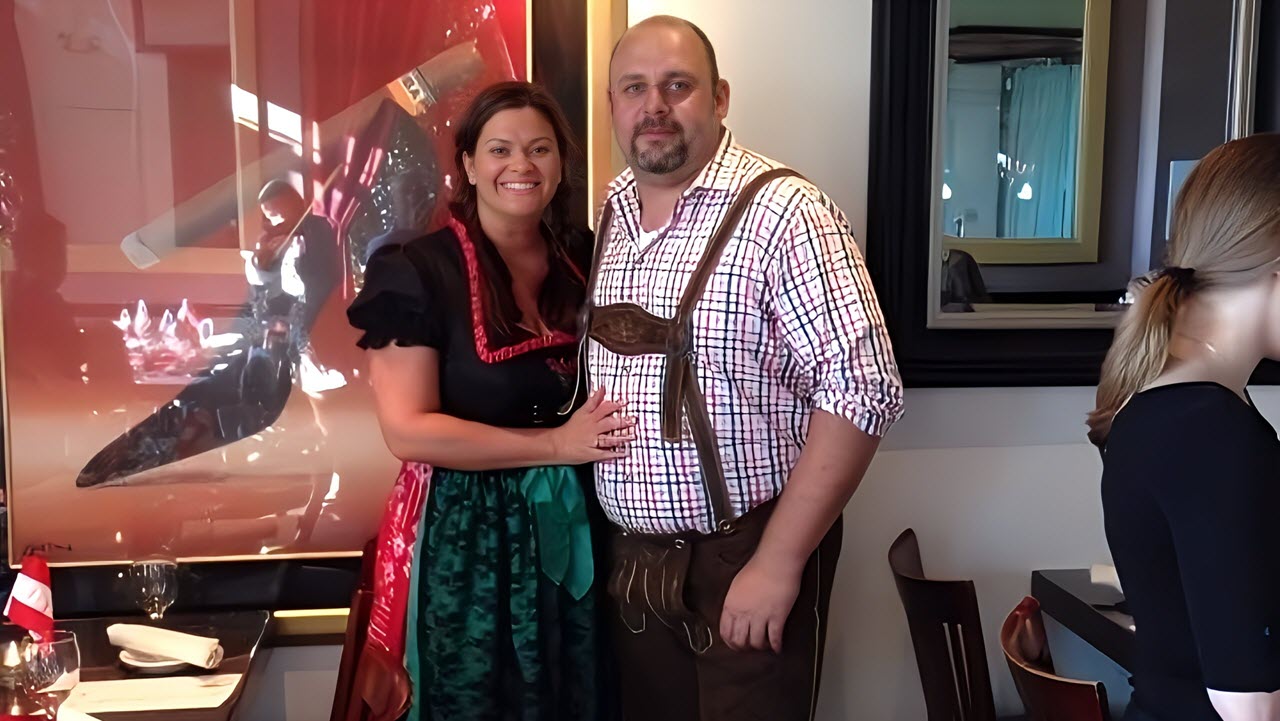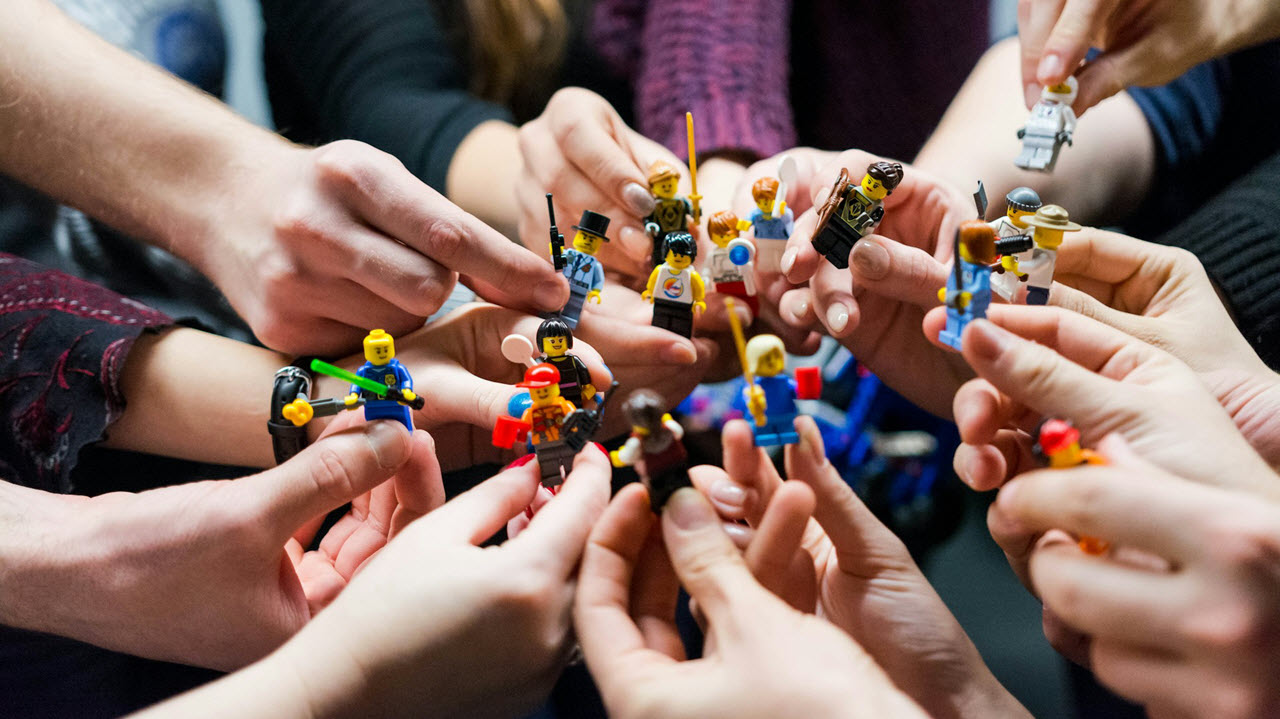A more modern focus of change management has become increasingly about the managers’ role in change (Cummings, Bridgman, and Brown, 2016). Specifically, how managers become change agents, promoting urgency, dealing with resistance from individuals, and steps to take to embrace change. Popular change frameworks such as Lewin, Kotter or the ADKAR model include a form of readiness for change. Readiness to change is paramount to success and is often the most underestimated element in a change management strategy. Change is ultimately personal and managers must take the time to assess ourselves, our assumptions, and the barriers to promote personal readiness to change. Senior leaders, in particular, are at the forefront of culture and thus enabling change-readiness through role-modeling.
ASSESSMENT
Our first responsibility is to inventory our own feelings. If we are resentful, resistant, or apathetic towards the change our teammates will not support it. It is also important to assess our assumptions. There are assumptions that we often make, such as having a clear definition, a known solution, a clear path, that it is top-down, and that our focus is on systems (Kennedy, 2019). Assessment should also include Lewin’s Force-Field analysis which helps us identity the drivers and barriers to adoption. Lastly, take inventory of change readiness factors (Larson, 2016). Our assessment data is meant to guide our readiness strategy.
STRATEGIES
The following change readiness strategies represent organizational ways to boost readiness, but since readiness is personal, most deal directly with individuals. Each tactic should be implemented synergistically in light of our change assessments. Our greatest opportunity is to align our team with the organization through organizational communication and individualized coaching.
Organizational Communications
It’s important during change to have a well-articulated message. This message must include why we are changing, the benefits of change, the vision, available support for change, and how stakeholders are expected to participate (i.e. Rusly, Sun, & Corner, 2014; Straatmann et al., 2016; Suwaryo, Daryanto, & Maulana, 2015). To capture these necessary elements and to make sure we reach all of our stakeholders in the right way at the right time, it is imperative to map our stakeholders, determine all communication channels, and calculate the best timing. This includes exposure to others in our network who have successfully adopted the change (Centola, 2018), teambuilding, and consistent availability of team members’ expertise (i.e. Rodriguez et al., 2016). Similarly, spend some time communicating with the team so that they can participate in the new vision.
Individualized Coaching
Perhaps the most profound means of change adoption is through individualized coaching. We can’t approach change from an organizational or systemic perspective only, but must also focus on the personal level (Kaiser, 2019). The team or the organization will not be ready for change if the individual members themselves are not ready. Therefore, co-construct a personal path to change adoption through one-on-one coaching conversations. These conversations may include such overlapping topics as grieving, the change adoption curve, drivers/barriers, feelings, identity, roles, and skills to name a few. In the second part of this article we will explore each of these coaching areas of focus in more detail.
References
Centola, D. (2018). The truth about behavioral change. MIT Sloan Management Review. Retrieved from https://sloanreview.mit.edu/article/the-truth-about-behavioral-change/
Kennedy, S. (2019) Challenge your assumptions about change. LinkedIn. Retrieved from https://www.linkedin.com/pulse/challenge-your-assumptions-change-sean-kennedy/
Kotter Inc. (n.d.) 8 step process for leading change. Retrieved from: https://www.kotterinc.com/8-steps-process-for-leading-change/
Larson, J. A. (2016) Organizational and process reengineering: Approaches for health care transformation. CRC Press.
Prosci (n.d.) What is the ADKAR model? Retrieved from https://www.prosci.com/adkar/adkar-model
Rodriguez, H. P., Chen, X. E., Martinez, A. W., & Friedberg, M. (2016). Availability of primary care team members can improve teamwork and readiness for change. Health Care Management Review, 41(4), 286-295.
Straatmann, T., Kohnke, O., Hattrup, K., & Mueller, K. (2016). Assessing Employees’ Reactions to Organizational Change: An Integrative Framework of Change-Specific and Psychological Factors. The Journal of Applied Behavioral Science, 52(3), 265-295.
Suwaryo, J., Daryanto, H., & Maulana, A. (2015). Organizational culture change and its effect on change readiness through organizational commitment. Bisnis & Birokrasi, 22(1), 68-78.







